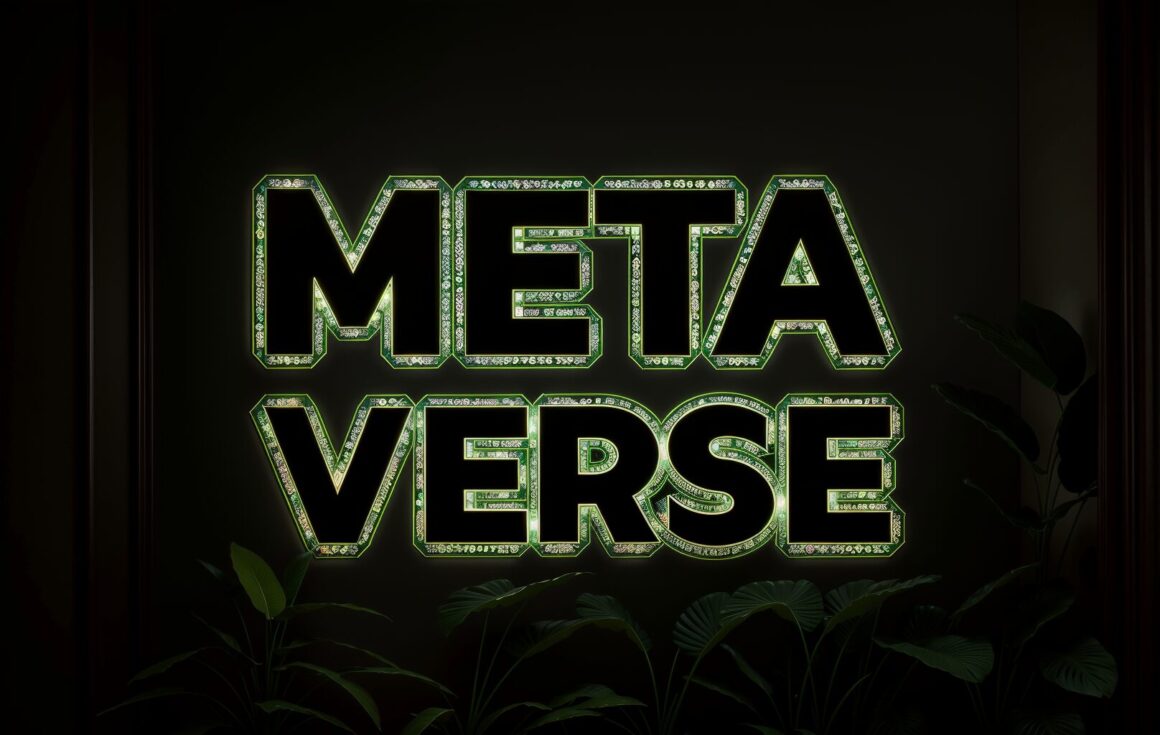In a world increasingly veering towards digital realities, Epic’s CEO has articulated what many insiders have already sensed: economic interoperability is a colossal challenge confronting the open metaverse. The puzzle lies in crafting a creator economy within game realms that doesn’t hinge on open standards. Cryptocurrency enthusiasts may have immediate solutions, but the broader challenge requires a deeper dive.
The discourse on this matter extends beyond just the thoughts of Epic’s CEO. Digital visionaries like John Patten offer intriguing insights that could pave the future. Patten’s tweets suggest a distinct perspective: web3 metaverses need to be rooted in economics rather than mere visual prowess. Autonomous digital realms should prioritize decentralized token economies over trying to outdo platforms like Unreal in physics. This strategic focus might be how smaller entities (“David”) can overcome industry behemoths (“Goliath”).
Epic’s CEO outlining economic interoperability as the biggest challenge to the open metaverse
He wonders how companies can solve the problem of creator economies in game worlds without open standards, which every crypto nerd knows the answer to immediately pic.twitter.com/Mq6NeEU6E0
—
John Patten (@jpatten__) September 12, 2023
The intricacies of this challenge were further elucidated by the CEO of Epic: while asset interoperability is achievable – think coding an outfit in Blender and importing it seamlessly into Unreal Engine or Unity – the real hurdle is in creating standards for economic interoperability. This concept brings forth scenarios where outfits purchased in Roblox could potentially be used in Fortnite, provided there are in-place economic agreements and content standards. The entire process won’t unfurl overnight, but certain facets could be streamlined sooner than others.
Patten, in his tweets, underscores the Web3 approach. By prioritizing economics, there’s a recognition that digital worlds should not merely be about creating better physics. Instead, these digital realms should be founded on robust, decentralized token economies. Patten also touches upon the concept of bonding curves and how they’ve been integrated into platforms like Friend Tech. While the idea commenced with Circles UBI, the broader public found it too avant-garde. However, Patten predicts a shift in this perception in the years to come, with creator currencies likely resembling the early visions of Circles UBI.
One of Patten’s striking observations revolves around the idea of artists leveraging currency as a tool for self-patronage. This isn’t just about provenance or other superficial attributes. Patten postulates that NFTs could herald a Second Renaissance, empowering creators in ways hitherto unseen.
In a nutshell, the metaverse’s future, particularly its economic structure, might not hinge on visuals or advanced physics. Instead, decentralization, token economies, and the power of blockchain could guide its trajectory, ensuring a space that’s both inclusive and innovative.
TL;DR: Economic interoperability poses a significant challenge to the open metaverse, as highlighted by Epic’s CEO. John Patten offers insights into how Web3-based metaverses should prioritize decentralized token economies over visuals. NFTs, as part of this evolution, could be pivotal in ushering in a Second Renaissance for digital creators.
The post Metaverse Economics: Epic’s Challenge and Web3’s Solution appeared first on NFT CULTURE.
